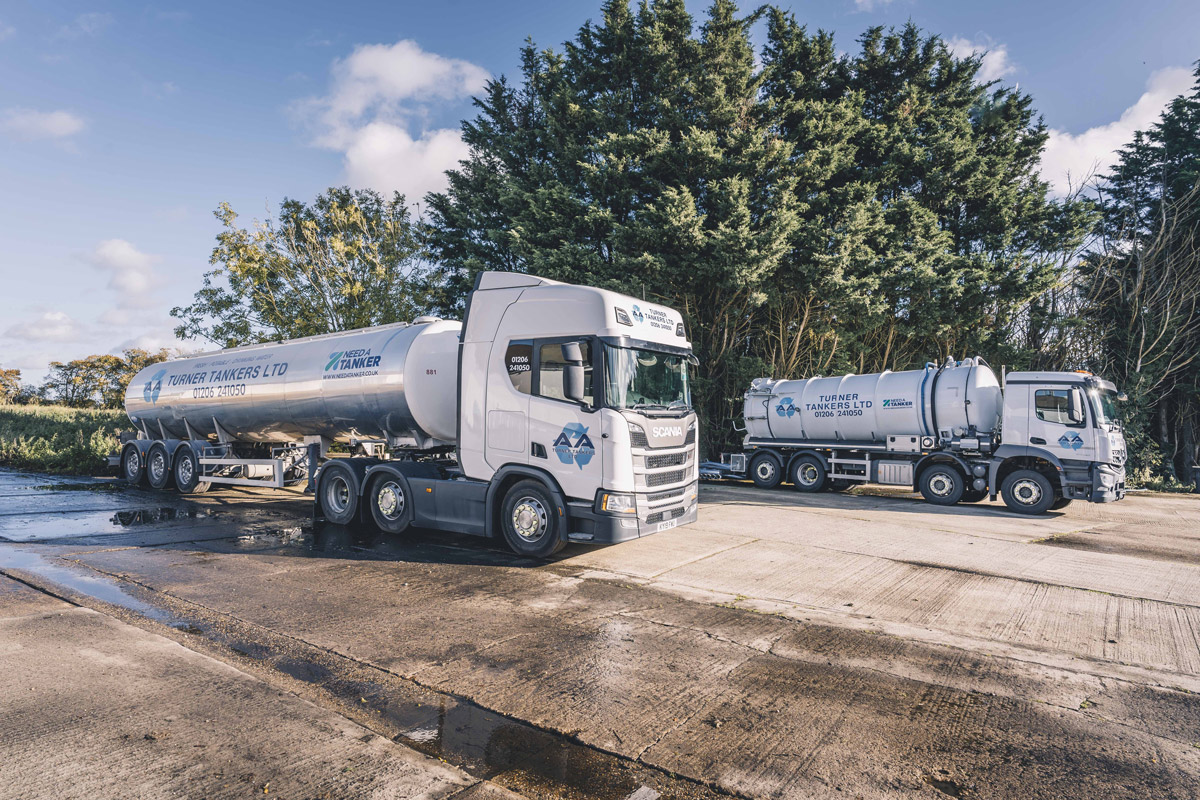How Reclaim Waste can Save You Time, Stress, and Money.
Table of ContentsAbout Reclaim WasteThe Basic Principles Of Reclaim Waste Not known Facts About Reclaim WasteThe Facts About Reclaim Waste Uncovered9 Easy Facts About Reclaim Waste Shown
Discover the types, occurrences, and types of liquid waste. Residential sewer waste refers to the waste and products from a property sewage-disposal tank. This type of waste is developed by humans in homes, colleges, and other structures. This only includes septic containers that have a drainpipe area. The proper administration and disposal of domestic sewage waste require liquid waste to be transferred to a sewage therapy plant where the correct methods and devices are applied to detoxify and dispose of waste.
Business waste commonly includes possible hazards, such as combustible materials or a combination of fluid and solid waste products, and requires an extra sophisticated and comprehensive disposal procedure. The disposal of industrial waste typically includes the filtering of waste prior to transport to guarantee risk-free and correct disposal. Hazardous waste is created from by-products and overflow of commercial procedures and production.
This type of waste can not utilize the exact same sewer administration transport or processes as septic or industrial liquids. The hazardous waste management procedure calls for the examination and screening of fluid waste before it undergoes the disposal process (liquid waste disposal). Runoff waste is the fluid waste that originates from drainage and excess stormwater in extremely populated areas or cities
Drainage waste can trigger contamination and flooding if not taken care of properly. Making certain correct waste management can prevent calamities and lower ecological injury.
The Ultimate Guide To Reclaim Waste
Contact PROS Solutions today to learn concerning our waste monitoring and disposal services and the appropriate methods to look after the liquid waste you create.
This supposed 'wastewater' is not just an essential resource but, after treatment, will certainly be released to our land, waterways or the ocean. Used water from commodes, showers, baths, kitchen area sinks, washings and industrial procedures is recognized as wastewater.

water used to cool machinery or clean plant and devices). Stormwater, a type of wastewater, is drainage that flows from agricultural and urban areas such as roof coverings, parks, gardens, roads, paths and rain gutters into stormwater drains pipes, after rainfall. Stormwater flows untreated straight to regional creeks or rivers, ultimately getting to the sea.
About Reclaim Waste
In Queensland, most wastewater is treated at sewer therapy plants. Wastewater is moved from domestic or commercial sites through a system of sewage systems and pump terminals, called sewage reticulation, to a sewer treatment plant. City governments build, keep and operate most sewer treatment plants. Operators are certified under the Environmental Management Act 1994 to release treated wastewater at an appropriate environmental standard into rivers.
The Division of Natural Resources encourages neighborhood federal governments about handling, operating and preserving sewerage systems and treatment plants. In unsewered locations, local federal governments might need owners to install specific or home sewage therapy systems to treat domestic wastewater from bathrooms, cooking areas, bathrooms and laundries. The Division of Natural Resources authorizes the usage of house systems when they are verified to be effective.
In some new neighborhoods, treatment of some stormwater to get rid of litter, sand and crushed rock has started using gross toxin catches. Wastewater treatment happens in 4 stages: Gets rid of solid issue.
Makes use of tiny living microorganisms recognizes as micro-organisms to damage down and remove staying dissolved wastes and great fragments. Micro-organisms and wastes are integrated in the sludge.
Unknown Facts About Reclaim Waste
Nutrient elimination is not offered in all sewer treatment plants due to the fact that it requires expensive specialist devices. It is becoming a lot more usual in Queensland. Clear fluid effluent created after therapy may still have disease-causing micro-organisms. If this effluent is released into rivers such as rivers or the sea, the micro-organisms will eventually pass away out.

This typically suggests wastewater needs to be dealt with or pollutants removed prior to it can be discharged to rivers. Most wastewater moves into the sewage system. Under the Act, city governments carry out authorizations and licences for environmentally pertinent activities (Periods) involving wastewater launches that could have a regional influence. The department carries out approvals and licences to Periods involving wastewater launches that could have a local or statewide effect.
The Single Strategy To Use For Reclaim Waste
Or else, examples are taken for laboratory analysis. Typically lots of my explanation examinations are needed to develop the degrees of each of the various pollutants such as oils, hefty metals and chemicals in water. Surveillance supplies accurate information regarding water quality and can validate that licence problems are being satisfied. The info acquired through surveillance provides the basis for making water top quality choices.
Comments on “The 10-Minute Rule for Reclaim Waste”